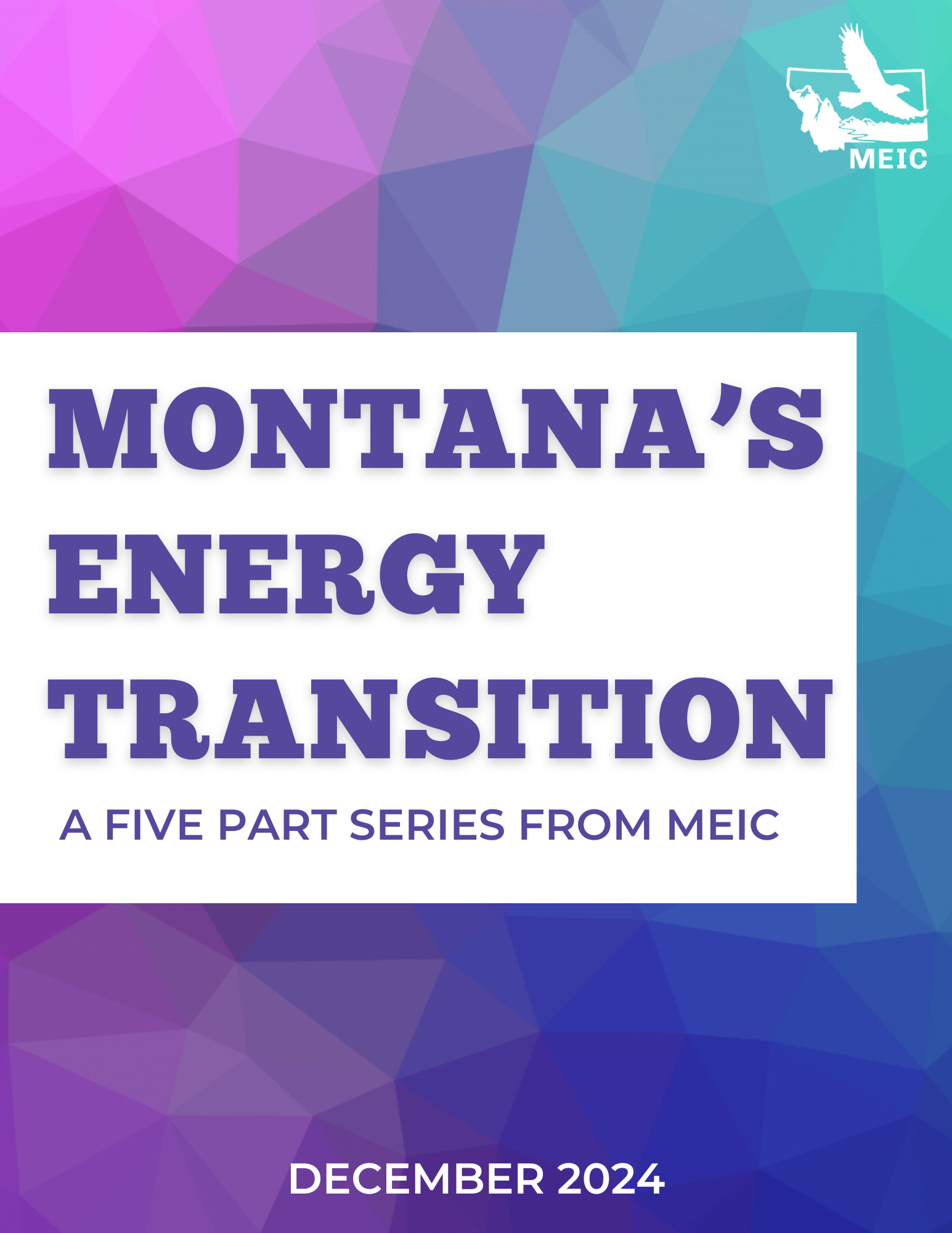By Anne Hedges
Cryptocurrency tends to attract people who distrust the banking system and are looking for a decentralized, alternative currency. Whatever you may think of it, the most common way to get cryptocurrency is incredibly electricity-intensive, so much so that cryptocurrency “mining” is actually negating climate progress.
According to a 2021 report from the International Energy Agency, the global carbon footprint from Bitcoin (the most well-known cryptocurrency) mining in 2020 exceeded the total greenhouse gas emission reductions of electric vehicles that year. And Bitcoin is just one of hundreds of cryptocurrencies that rely on energy-intensive computing processes.
Unfortunately, Montana feels like ground zero for this emerging, unregulated, shadowy, international monetary system. When China’s central bank declared last September that cryptocurrency transactions would be illegal, the interest in mining crypto in the U.S. skyrocketed along with the value of the digital currency.
The meteoric rise in the price of Bitcoin and other cryptocurrencies corresponded with rising emissions and more frequent operation of the coal-fired Hardin Generating Station, a 115-megawatt coal-fired power plant just north of Hardin, Montana (see story in the March 2022 issue of Down to Earth). After Marathon Digital Holdings teamed up with the Hardin plant owner to power cryptocurrency mining in 2020, carbon dioxide emissions from the plant skyrocketed by 850%, nitrogen oxide emissions increased 842%, sulfur dioxide increased 508%, and all of the other harmful byproducts of coal production, such as toxic coal ash waste, increased as well.
Uneconomic dirty coal plants around the country are firing up again to serve the insatiable energy demand of crypto operations, and the industry isn’t just interested in old coal-fired power plants. One company in Montana, Crusoe Energy, wants to use flared gas from oil and gas wells to generate electricity for its crypto mining. Crusoe recently received 11 different air pollution permits from the Montana Department of Environmental Quality to generate electricity using flared methane gas. Gas flaring wastes resources that should be used for heating homes and businesses, yet cryptocurrency mining has created an incentive to continue flaring these harmful greenhouse gases.
As if the volatility of this industry and its gigantic energy demand weren’t enough, companies are now offering incentives such as cryptocurrency IRAs — all of which are unregulated with no fallback protections in the case of failure.
In January, Congress held hearings about the energy impact of cryptocurrency mining. In March, the Biden Administration issued an executive order directing agencies to investigate digital currencies, and his Office of Science & Technology Policy requested input on what to do about digital assets.
Earthjustice and MEIC, along with six other Montana-based organizations, submitted comments expressing strong concerns about the energy demand of this industry. The good news is there is a compromise for those who distrust the banking industry and want to engage in this new monetary system. The energy-intensive process used in crypto mining is called proof-of-work mining, but there is a lower energy way to mine called proof-of-stake mining.
MEIC and our allies believe that this Administration needs to push the industry to engage in the less energy intensive proof-of-stake operations. If it doesn’t, companies such as Talen Energy, the recently bankrupt operator and part owner of the Colstrip plant, may do what it did at its uneconomic nuclear plant in Pennsylvania and try to turn the Colstrip plant into a crypto operation. The climate requires cryptocurrency regulation before such a disaster is allowed to proceed.
This article was published in the June 2022 issue of Down To Earth.


